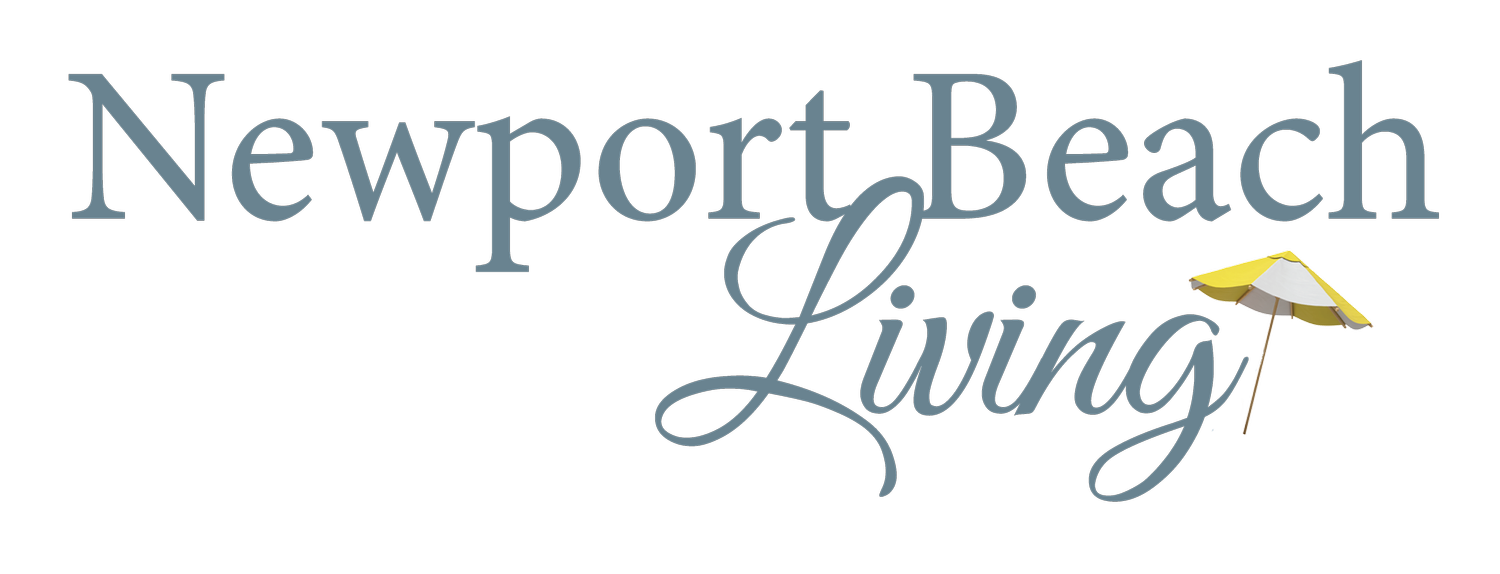How to Perform CPR
By: David Porzio, MD
Cardiopulmonary resuscitation (CPR) is a way to save the life of someone who’s in cardiac arrest (when someone’s heart is no longer able to pump blood on its own) by attempting to restart their heart. It’s a simple technique that anyone can learn.
A person of any age needs CPR if:
They aren’t breathing.
Doesn’t respond.
Collapses.
Doesn’t have a pulse.
Prior to performing CPR, follow these key steps:
After ensuring a safe scene, loudly ask the person if they’re OK. If you know the person’s name, shout their name, and see if you get a response.
Call 9-1-1. The 9-1-1 dispatcher can guide you through the steps to take until paramedics arrive too.
Ask someone nearby to get an automated external defibrillator (AED) if one is available.
Tilt the person’s head back while they’re lying on their back.
Check to see if the person is breathing or to see if their chest is going up and down.
Check for a pulse by feeling the side of their neck or wrist.
Perform CPR if you don’t feel a pulse.
How to perform CPR:
If the person isn’t breathing, put one of your hands over the other and place them in the middle of the person’s chest.
Putting the force of your body weight behind it, push your hands down hard in the middle of the person’s chest. Use the heel of your hand, or the part just before your wrist. Try to keep your arms straight.
Keep pushing on the person’s chest (also known as compressions) 100 to 120 times per minute, pushing down 2 inches each time. Make sure you allow their chest to come all the way back up between compressions. Try doing compressions to the beat of The Bee Gee’s “Stayin’ Alive” song!
People who have CPR training can pause compressions to give the person two mouth-to-mouth rescue breaths for every 30 compressions (about 20 seconds or so). Rescue breath directions are below.
Keep doing chest compressions and giving rescue breaths in a cycle until the person revives or more help arrives.
Perform the rescue breath as follows:
Pinch the person’s nose closed while tilting their head back a little and their chin up.
Close your mouth over theirs and blow a breath into it so their chest goes up. If the person’s chest doesn’t come up, check to see if there’s something in their mouth.
Give a total of two breaths and go back to doing compressions.
While you’re doing CPR, someone should be bringing an AED to use for help with resuscitating the person if available.
You can do CPR even if you don’t have training in how to perform CPR. If a teen or adult is in cardiac arrest, call 9-1-1 and do chest compressions until emergency help arrives. This is called “hands-only CPR.” By distributing oxygen currently in the person’s body, it can help someone in cardiac arrest until someone with CPR training arrives.
It can be easier to remember the CPR compression rate if you follow the beat of these songs:
“Stayin’ Alive” by the Bee Gees
“Billie Jean” by Michael Jackson
If you’re doing CPR on an infant as a single rescuer, put one hand on their forehead to keep their head slightly back to provide proper rescue breaths. Use two fingers of your other hand to do compressions that go a third or half the depth of their chest. The number of compressions and breaths is the same as for adults.
If you’re a two-person rescue team, while one person provides rescue breaths, the other person should use a two-hand method. Place both thumbs in the center of the chest (below the nipple) with the remaining fingers wrapped around the sides of the infant. Deliver compressions with two thumbs. Use the same number of compressions and breaths as for adults.
Most cardiac arrests that happen outside a hospital happen at home, so you could be helping a relative or friend if you know CPR. Even “hands-only” CPR can help a person stay alive until first responders arrive. CPR increases a person’s chance of surviving cardiac arrest, but it’s important to act quickly.
Make sure to take a class or get certified if you already have not. Organizations such as the American Red Cross have CPR classes that you can take in-person or online.
This Just In is provided by Marque Urgent Care
marquemedical.com | (877) 693-6266
2075 San Joaquin Hills Rd, Newport Beach, CA 92660

